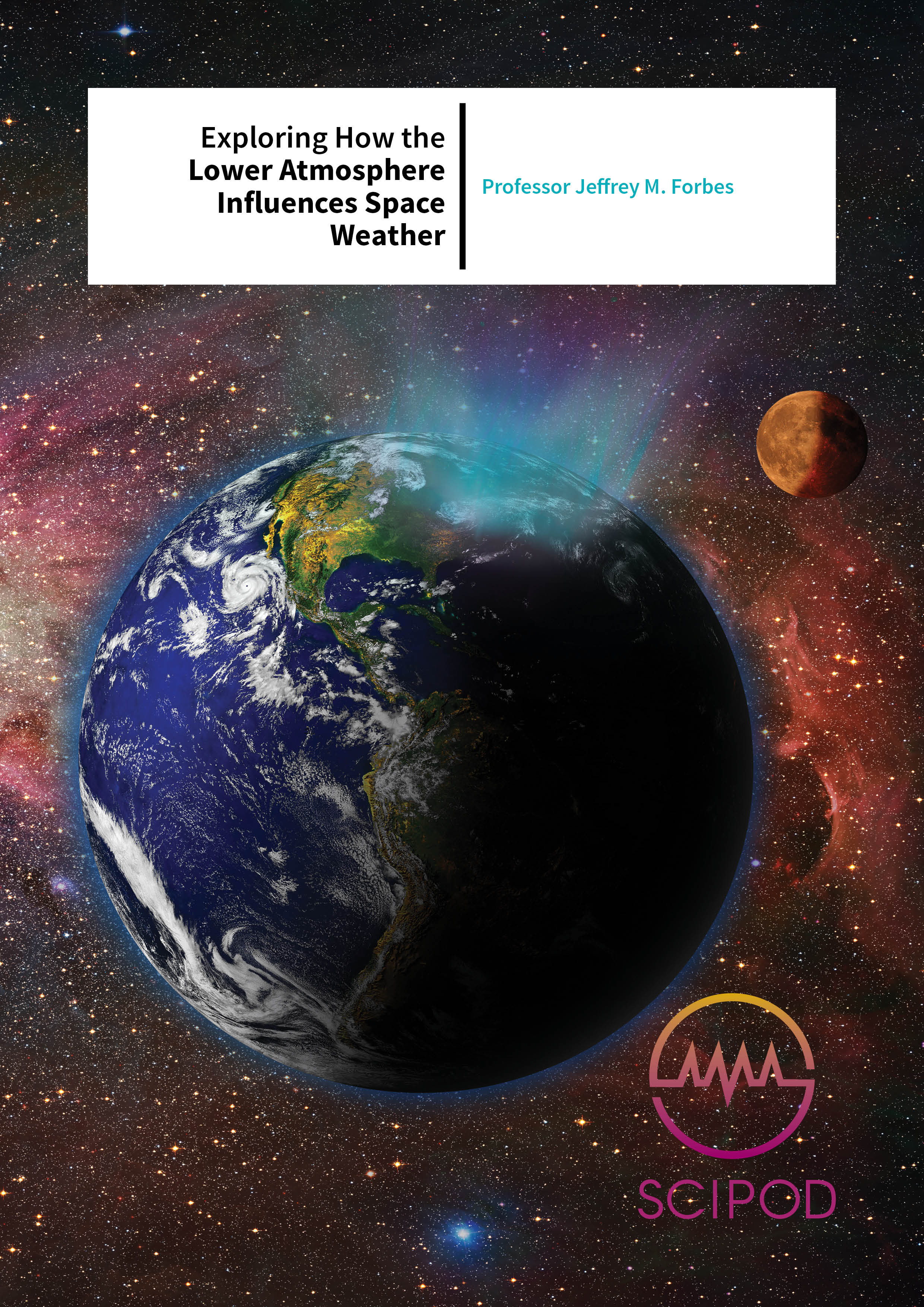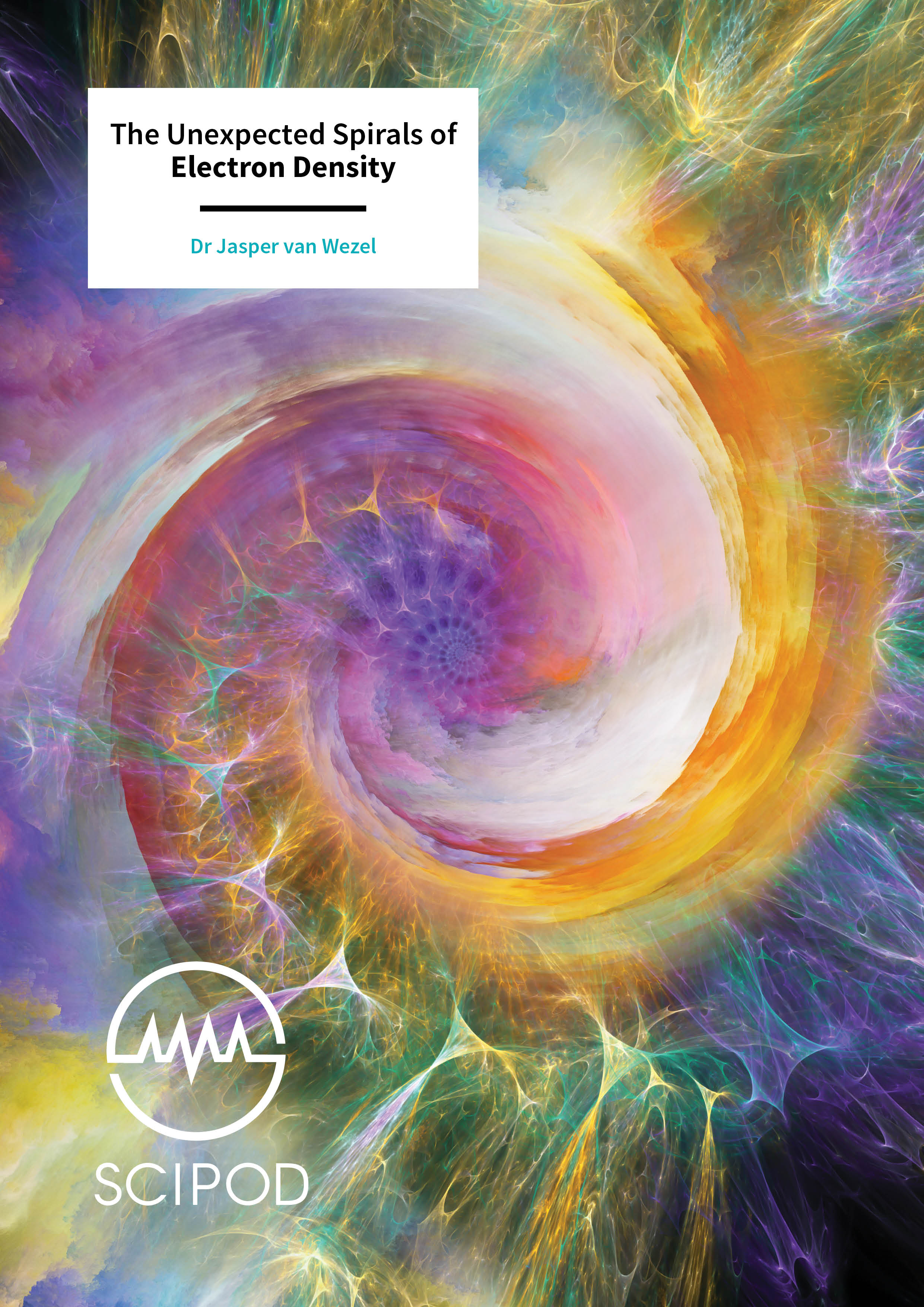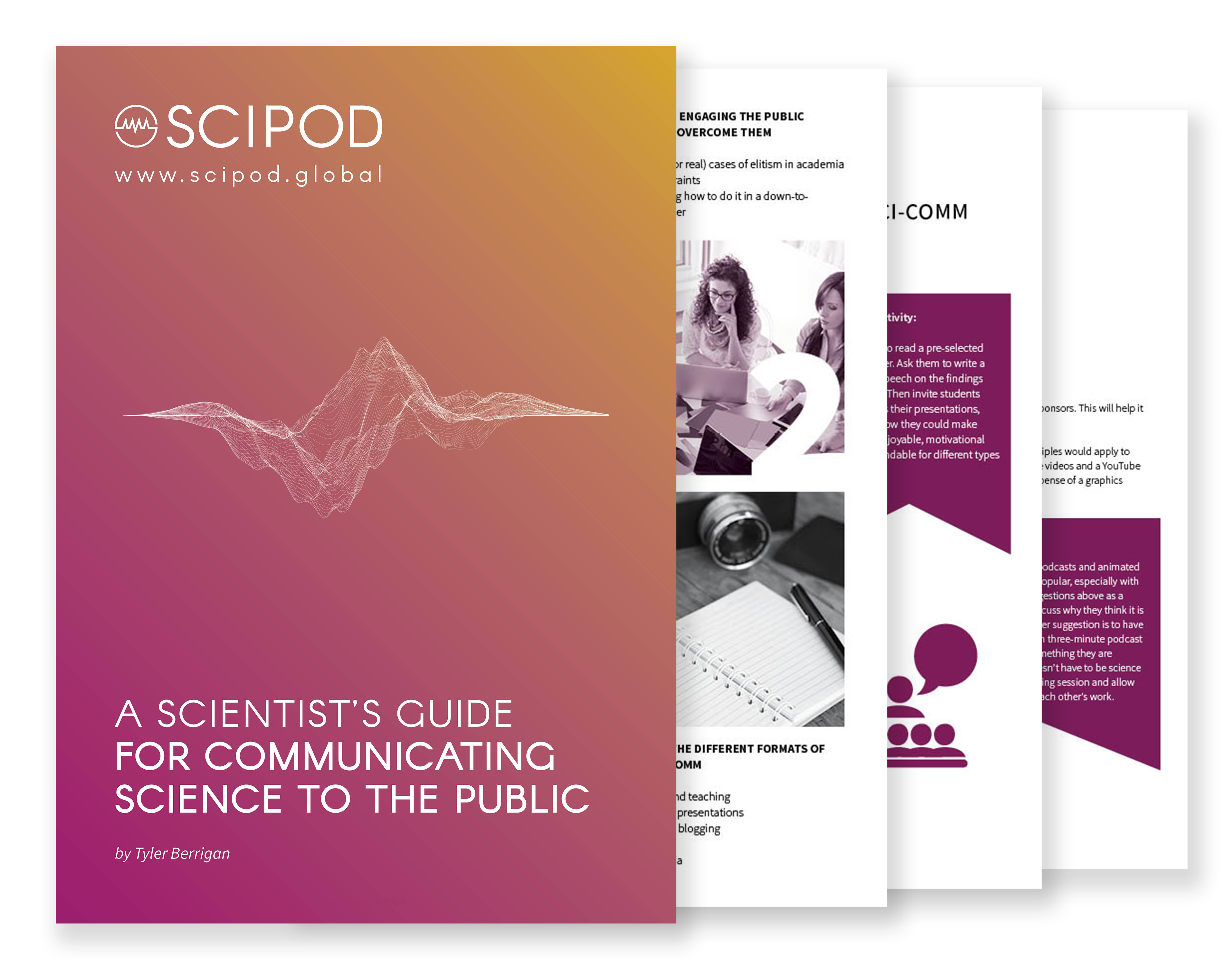Welcome to SciComm Radio
An exclusive interview series with leading scientists and science communicators

Click Below To Listen To A SciPod Radio Episode
CAPTIVE: A New Direction for Virtual Reality Controllers – Professor Christopher G. Healey & Zeyuan Chen, North Carolina State University
CAPTIVE: A New Direction for Virtual Reality Controllers – Professor Christopher G. Healey & Zeyuan Chen, North Carolina State University
Virtual and augmented reality systems are transforming how we view and manipulate 3D objects. One of the biggest challenges to developers is to design fast, accurate, yet affordable controllers. Now, Professor Christopher Healey and Zeyuan Chen at North Carolina State University have announced the creation of CAPTIVE – a controller system they believe will do just that.
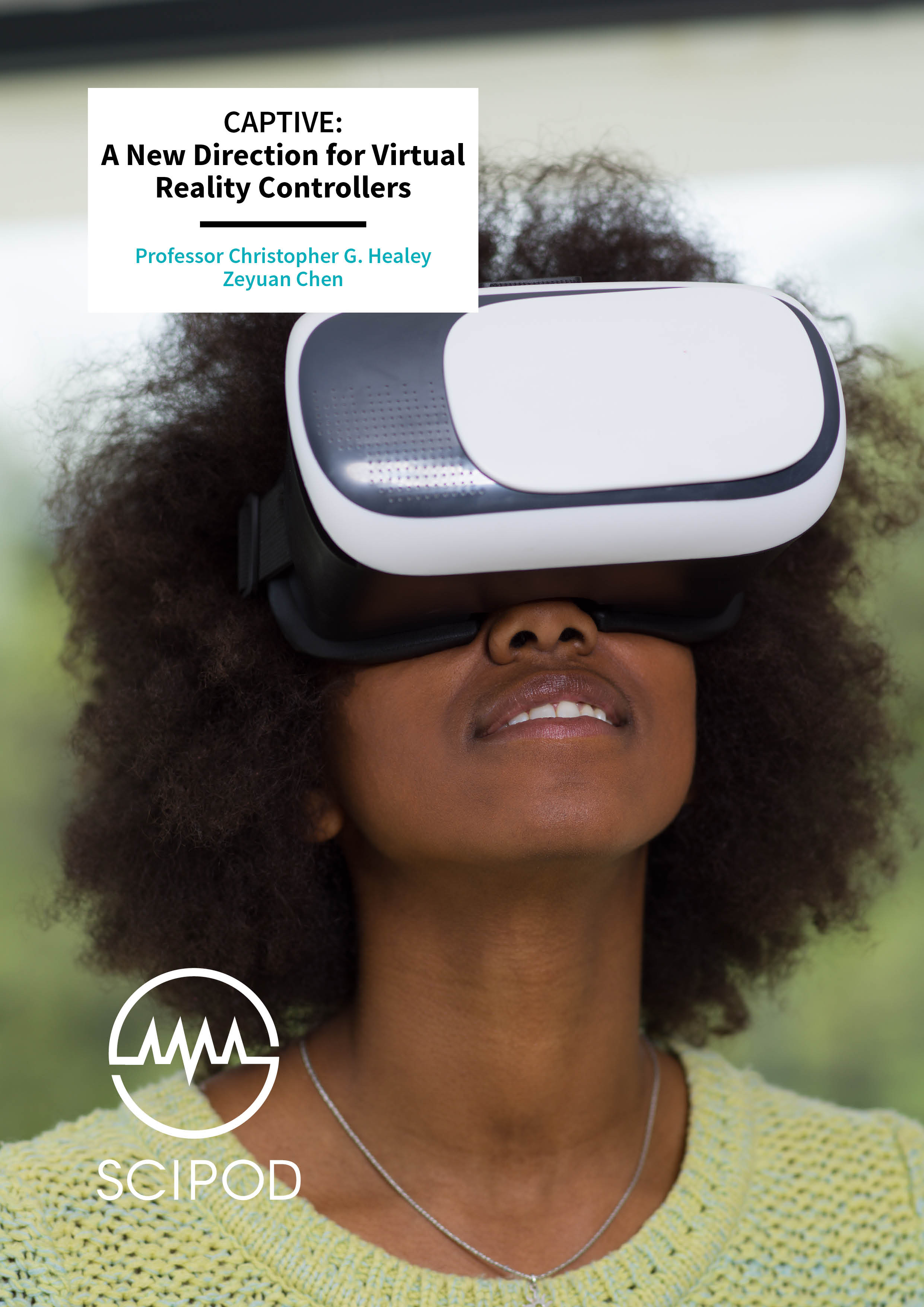
You may also like …
The Unexpected Spirals of Electron Density – Dr Jasper van Wezel, University of Amsterdam
The Unexpected Spirals of Electron Density – Dr Jasper van Wezel, University of Amsterdam
Spirals are an intriguing shape to find in the natural world because they have handedness – turning either to the left or right as you move along them – and it’s this property that makes the work of Dr Jasper van Wezel and his team at the University of Amsterdam particularly interesting. The recent discovery that electrons within the material Titanium-diselenide can spontaneously form into a corkscrew shape was an unexpected example of a spiral emerging in physics – and Dr van Wezel and his colleagues have dedicated the past few years to developing a simple, yet eloquent explanation.
You may also like
Using Noise to Control Micromechanical & Macromechanical Systems – Professor Balakumar Balachandran, University of Maryland
Using Noise to Control Micromechanical & Macromechanical Systems – Professor Balakumar Balachandran, University of Maryland
Micromechanical oscillators are components of many electronic systems that keep track of signal processing and ensure data is moved around without becoming jumbled up. Professor Balachandran and his team at the University of Maryland are exploring how noise can be used to control certain phenomena within arrays of these tiny mechanical oscillators, to change their behaviour and make them operate better than before. Their studies also have important ramifications for macro-scale mechanical systems.
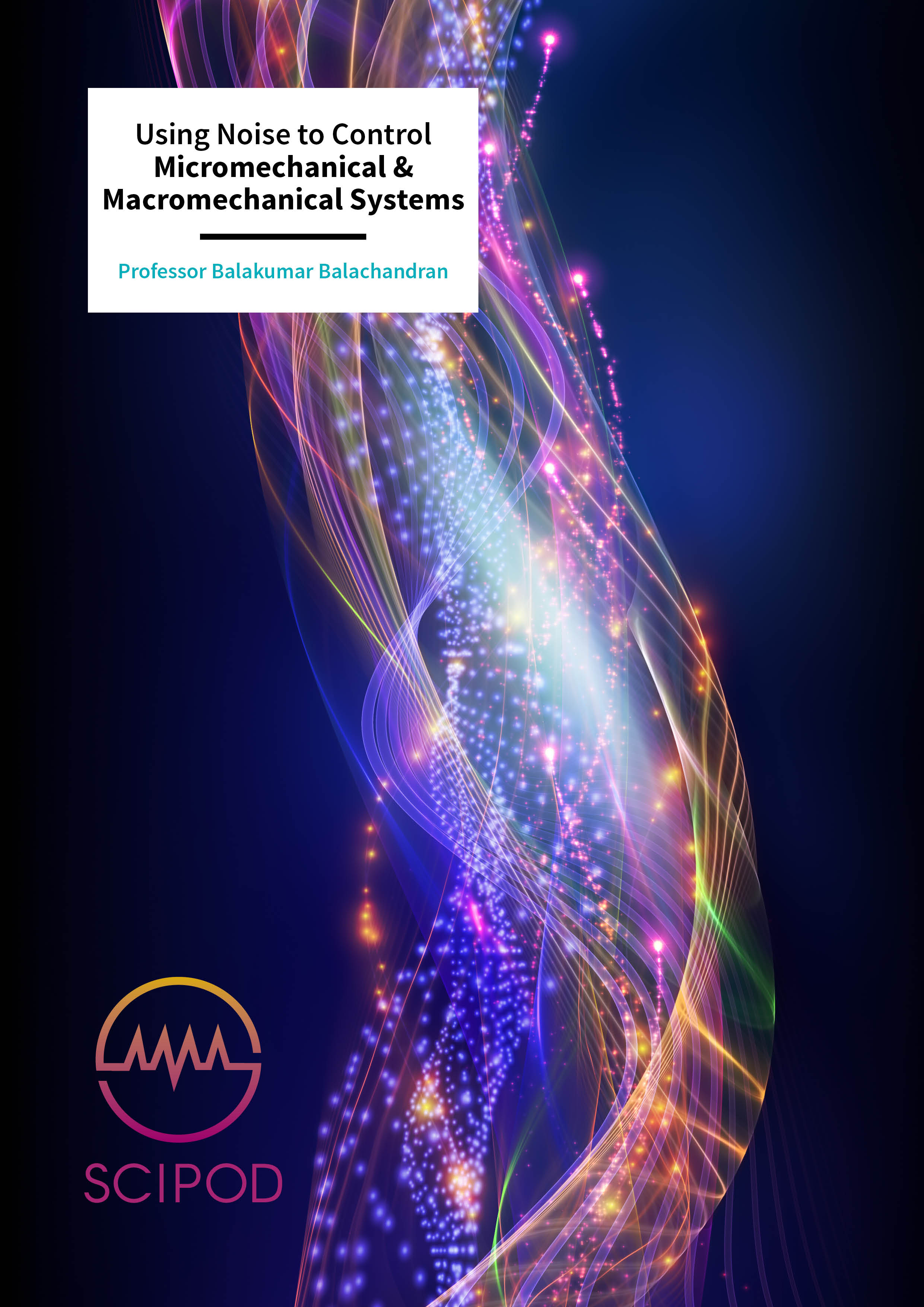
You may also like …
Understanding Particle-Fluid Interaction Dynamics in Turbulent Flow – Dr Lian-Ping Wang, University of Delaware
Understanding Particle-Fluid Interaction Dynamics in Turbulent Flow – Dr Lian-Ping Wang, University of Delaware
Almost every aspect of the global water cycle involves a mixture of fluids and particles – raindrop formation, ocean currents and water percolation through the soil. This mixture of gas and liquid or liquid and solid causes behaviour that is important to understand, but difficult to predict. This is particularly true when turbulent flow occurs. Dr Lian-Ping Wang at the University of Delaware has developed models and methods that have greatly improved our ability to understand and predict phenomena from localised rainfall patterns to particle transport in industrial processes.
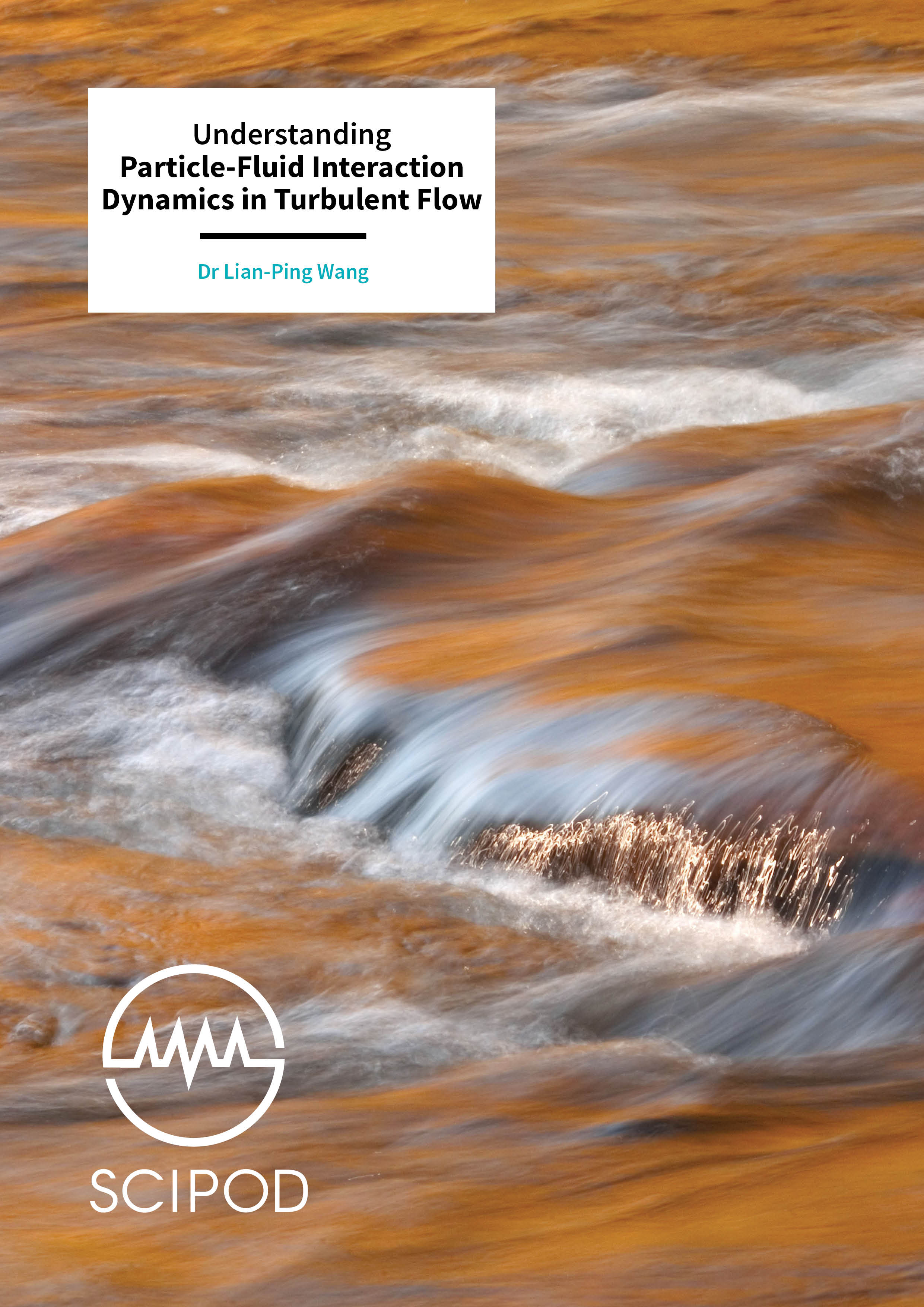
You may also like
Sandman and the Worm, Cellular Insights into the World of Sleep – Dr Cheryl L Van Buskirk, California State University Northridge
Sandman and the Worm, Cellular Insights into the World of Sleep – Dr Cheryl L Van Buskirk, California State University Northridge
Why we sleep is a mystery. Dr Cheryl Van Buskirk of California State University Northridge is using the simple roundworm, C. elegans, to probe the cellular basis of sleep – with implications for sleep in more complex animals – including humans.
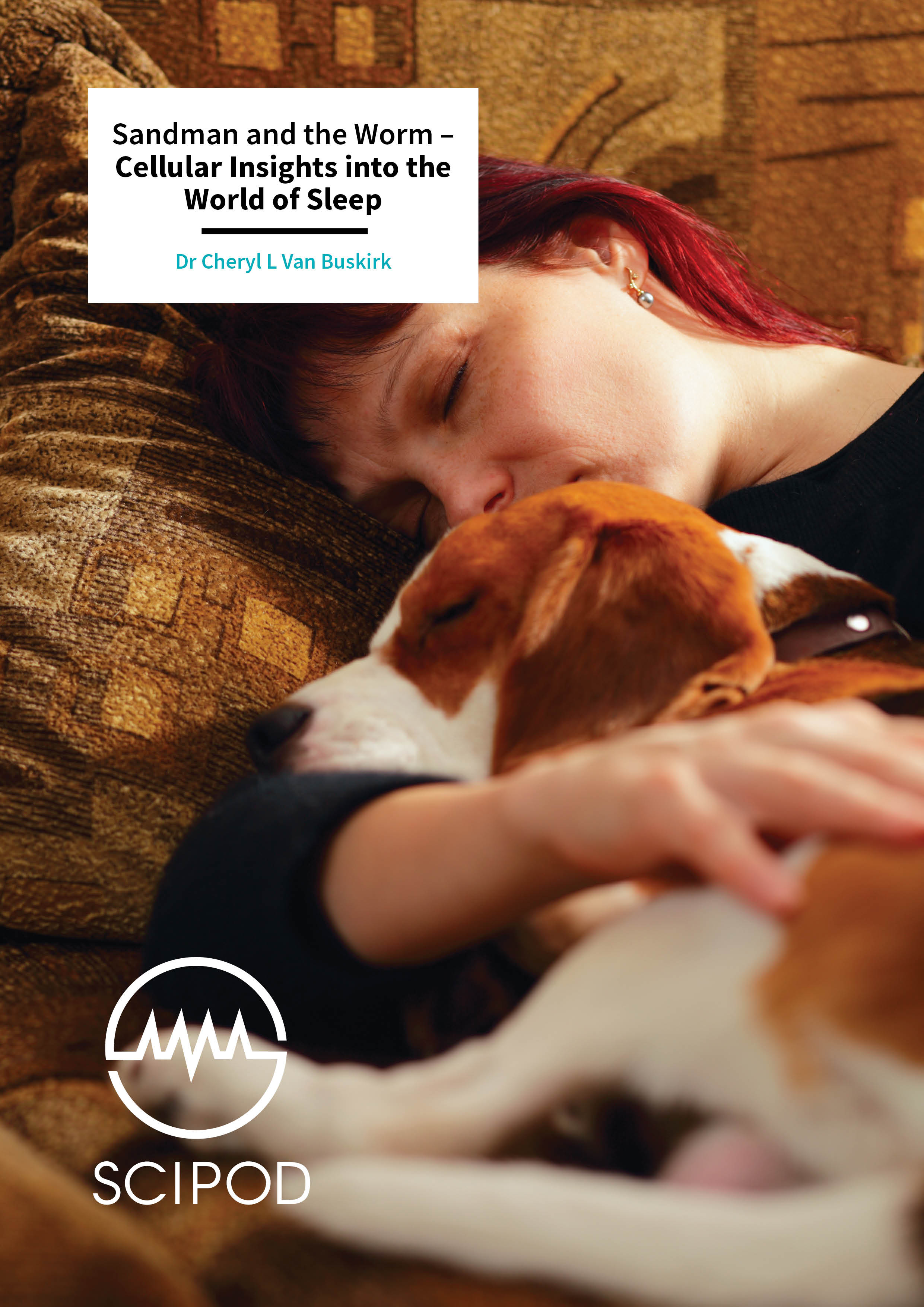
You may also like
Falling in Love with Statistics Shaping Students’ Relationships with Data – Prof Lisa C. Dierker, Wesleyan University
Falling in Love with Statistics Shaping Students’ Relationships with Data – Prof Lisa C. Dierker, Wesleyan University
Statistical data analysis is a cornerstone of the sciences and operates as a shared language across disparate fields, from neuroscience to astronomy. However, current curricula often result in disengaged and stressed students who struggle to connect the concepts of statistics to the real world. Professor Lisa Dierker and her team at Wesleyan University have developed a novel approach to teaching statistics and data analysis that empowers students from diverse educational backgrounds. Her program, Passion-Driven Statistics, offers a multidisciplinary project-based approach that is both supportive and engaging for students at all levels of statistical mastery and those coming from diverse educational backgrounds.
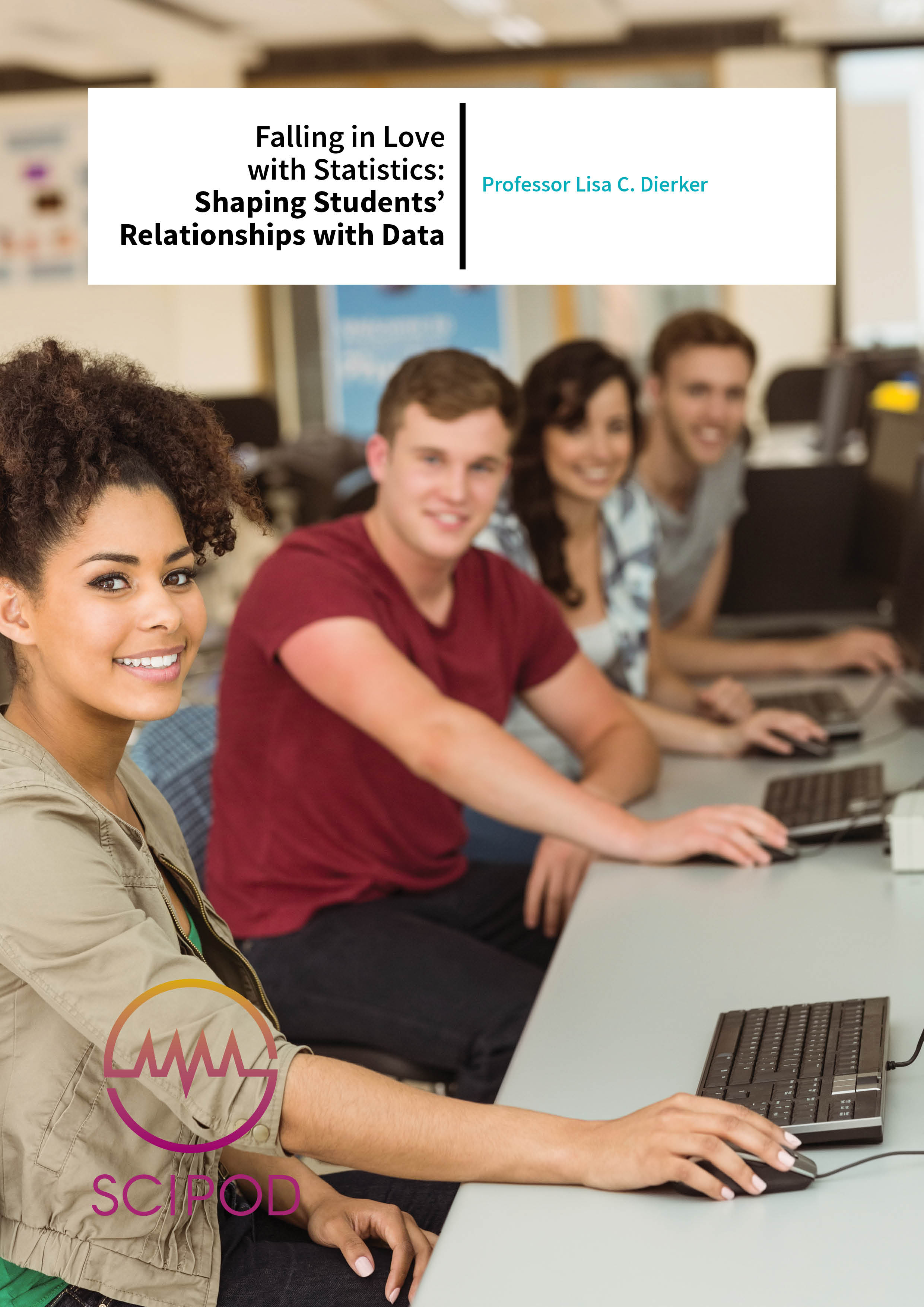
You may also like
Bugs are Friends Taking an Ecosystem View on Forest Health – Professor Timothy D. Schowalter, Louisiana State University
Bugs are Friends Taking an Ecosystem View on Forest Health – Professor Timothy D. Schowalter, Louisiana State University
Humans commonly view insects as unwanted nuisances, and many modern land-management practices focus on reducing insect numbers using toxic pesticides and invasive biological controls. Professor Timothy Schowalter at Louisiana State University has been studying insect communities for decades, and suggests that by working with insects in an ecosystem approach, we could enjoy healthier environments for years to come.

You may also like …
TICAL Aims for Paradigm Shift in PET Imaging – Professor Paul Lecoq, CERN
TICAL Aims for Paradigm Shift in PET Imaging – Professor Paul Lecoq, CERN
In an ongoing effort to increase the accuracy and sensitivity of current PET (positron emission tomography) scanners, Prof Paul Lecoq and his team at CERN research various elements of this particular imaging technique. Inspired by particle physics detectors, the team is making ground-breaking modifications to current PET technology, which will help physicians make more precise diagnoses, implement more accurate treatment plans and increase patient survival rates for a multitude of conditions. From cancer and neurodegenerative conditions through to osteoarthritis and diabetes, all will see improved diagnoses and treatment regimens for an increased number of diseases and patients.
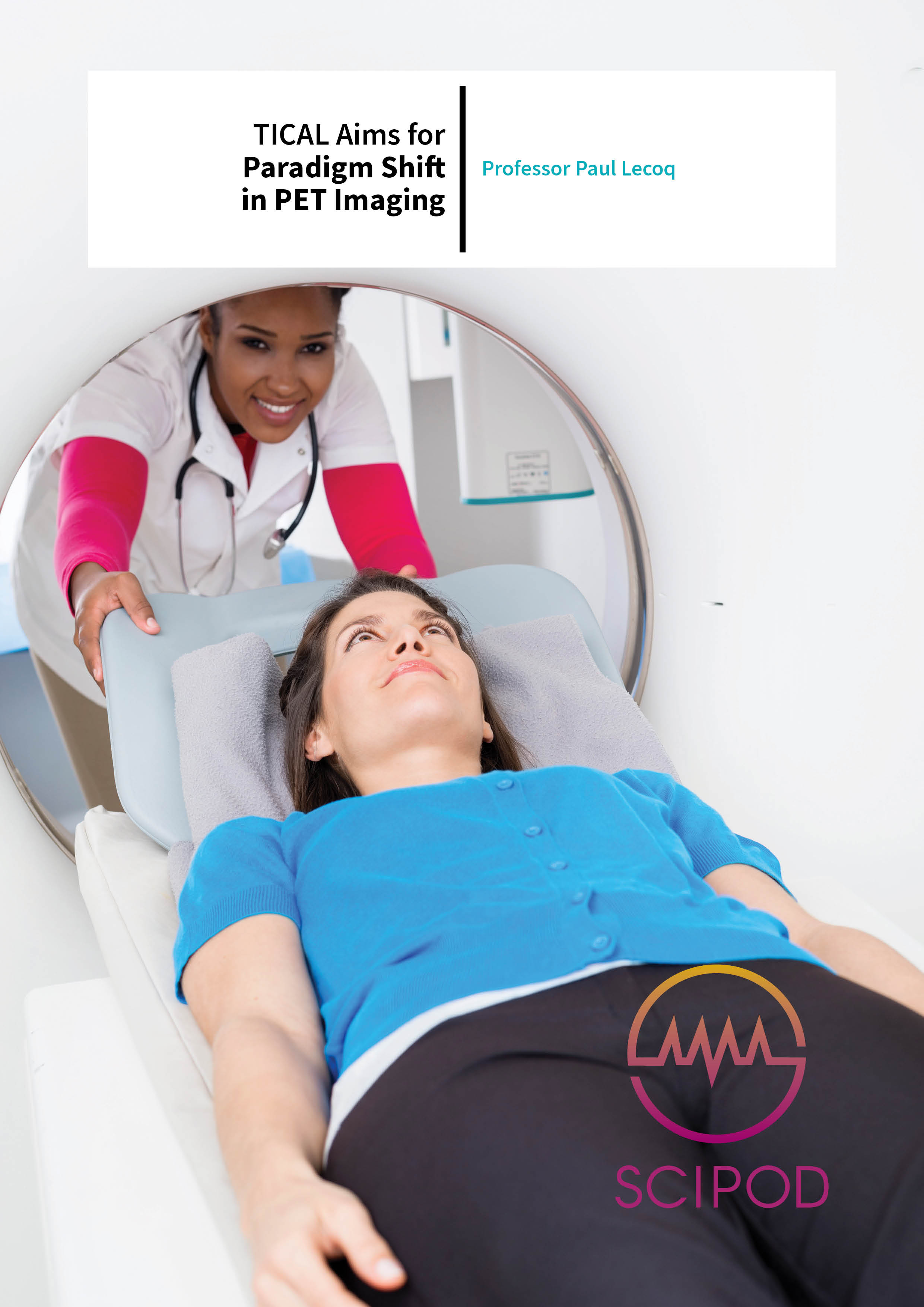
You may also like …
Understanding the Early Solar System Through Isotopic Fingerprints – Dr François Robert, Institut de minéralogie, de physique des matériaux
Understanding the Early Solar System Through Isotopic Fingerprints – Dr François Robert, Institut de minéralogie, de physique des matériaux
During the early stages of the solar system formation, the development of molecular organic and inorganic structures occurred through poorly documented mechanisms such as photochemistry or nuclear reactions. Directly probing such phenomena in the laboratory is almost impossible. However, isotopic compositions in lunar soils or in meteorites are chemical fingerprints, which Dr François Robert at the National Museum of Natural History, France, uses to resolve these unexplained phenomena.

You may also like
Influenza – New Strategies for Defeating an Old Enemy – Peter Palese, Icahn School of Medicine at Mount Sinai
Influenza – New Strategies for Defeating an Old Enemy – Peter Palese, Icahn School of Medicine at Mount Sinai
Influenza continues to be one of the most common respiratory diseases in humans and represents a significant public health burden, due to its associated morbidity and mortality. Dr. Peter Palese and his colleagues at the Icahn School of Medicine at Mount Sinai in New York are spearheading a ground-breaking project that aims to design a novel influenza virus vaccine. This vaccine will overcome many of the limitations faced by available vaccination approaches and, ultimately, provide universal and long-lasting protection against seasonal and pandemic influenza.
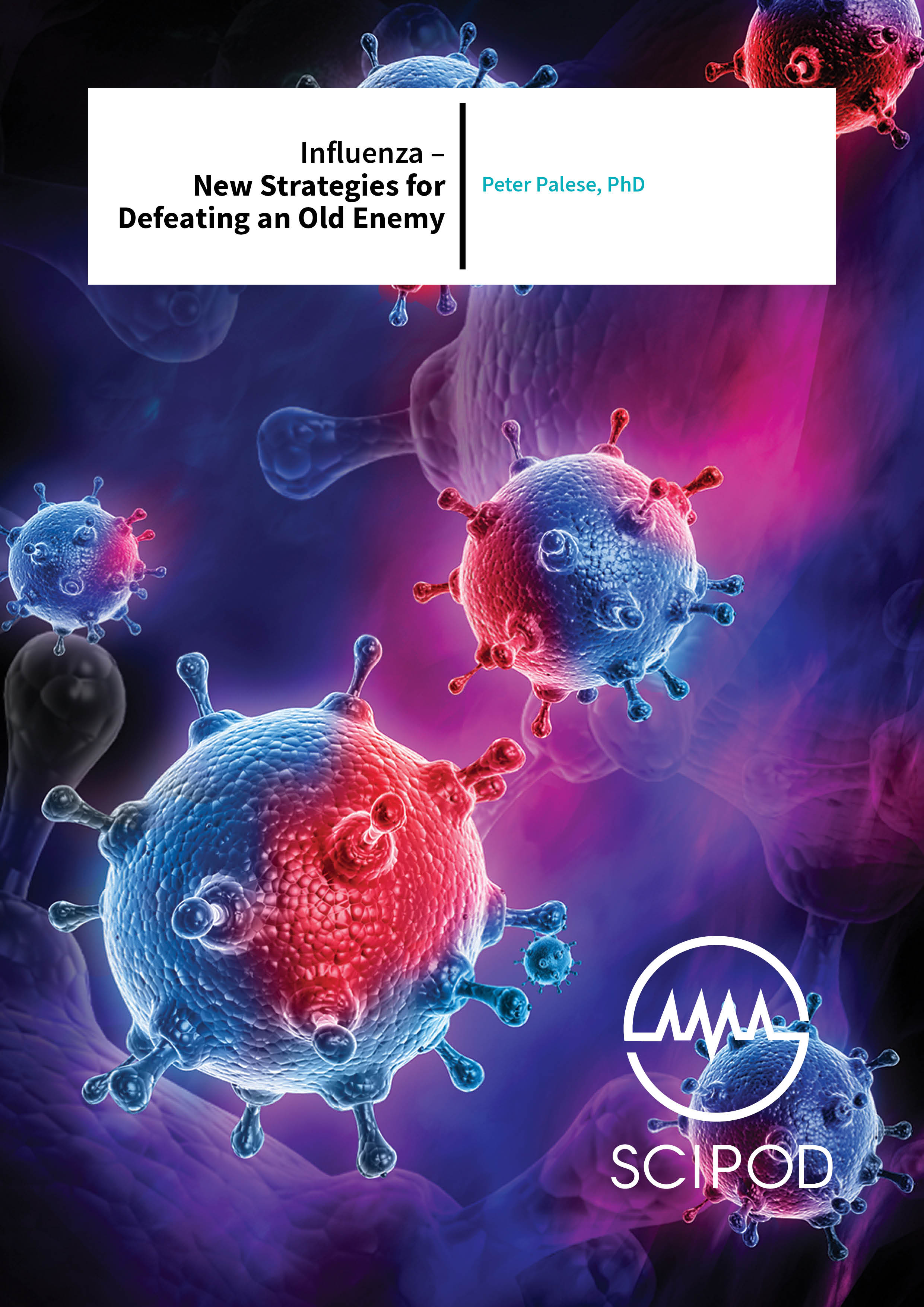
You may also like
Fighting Endemic Parasites New Technologies to Solve Old Challenges – Dr Paul Slusarewicz, MEP Equine Solutions LLC
Fighting Endemic Parasites New Technologies to Solve Old Challenges – Dr Paul Slusarewicz, MEP Equine Solutions LLC
Intestinal worms are among the most common types of parasitic infections worldwide. Despite technological advances in other areas of medical diagnostics, the procedure for identifying worm infection, the faecal egg count, has remained largely unchanged since its debut nearly a century ago. Dr Paul Slusarewicz and the team at MEP Equine Solutions are revolutionising the way veterinarians detect and quantify worm infections using a tool many of us already carry on a daily basis – our smartphone.
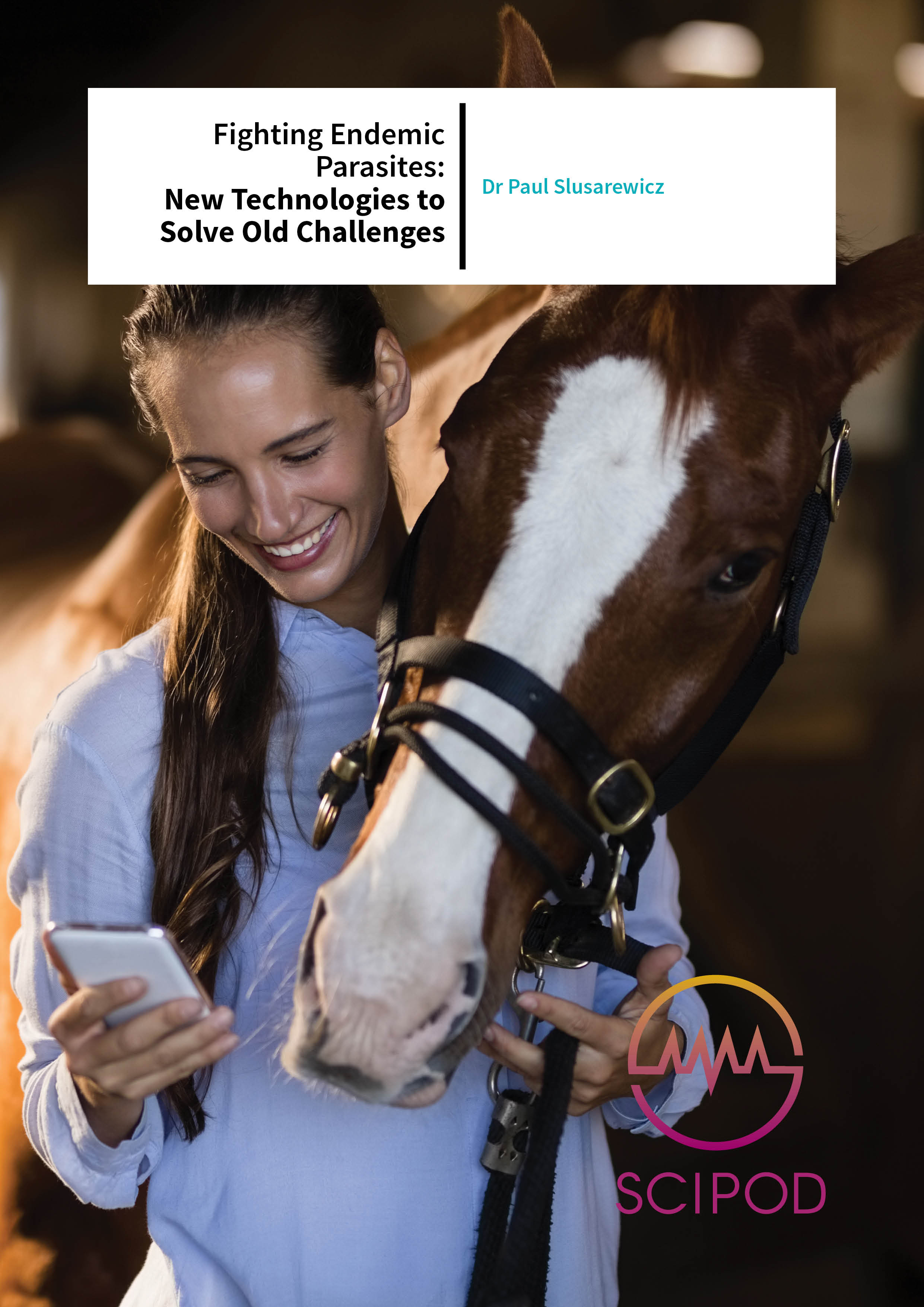
You may also like
The Exotic Chemistry of the Heaviest Elements – Professor Thomas E. Albrecht-Schmitt, Florida State University
The Exotic Chemistry of the Heaviest Elements – Professor Thomas E. Albrecht-Schmitt, Florida State University
Relatively little is known about the chemical reactivity of radioactive elements, as using them in the lab requires heroic efforts. However, Professor Thomas Albrecht-Schmitt and his group at Florida State University have successfully been able to investigate the chemical bonding and structure of molecules containing radioactive elements such as plutonium and californium, providing important insight into their chemistry. These investigations could be an important step in designing compounds to help clean up nuclear waste.
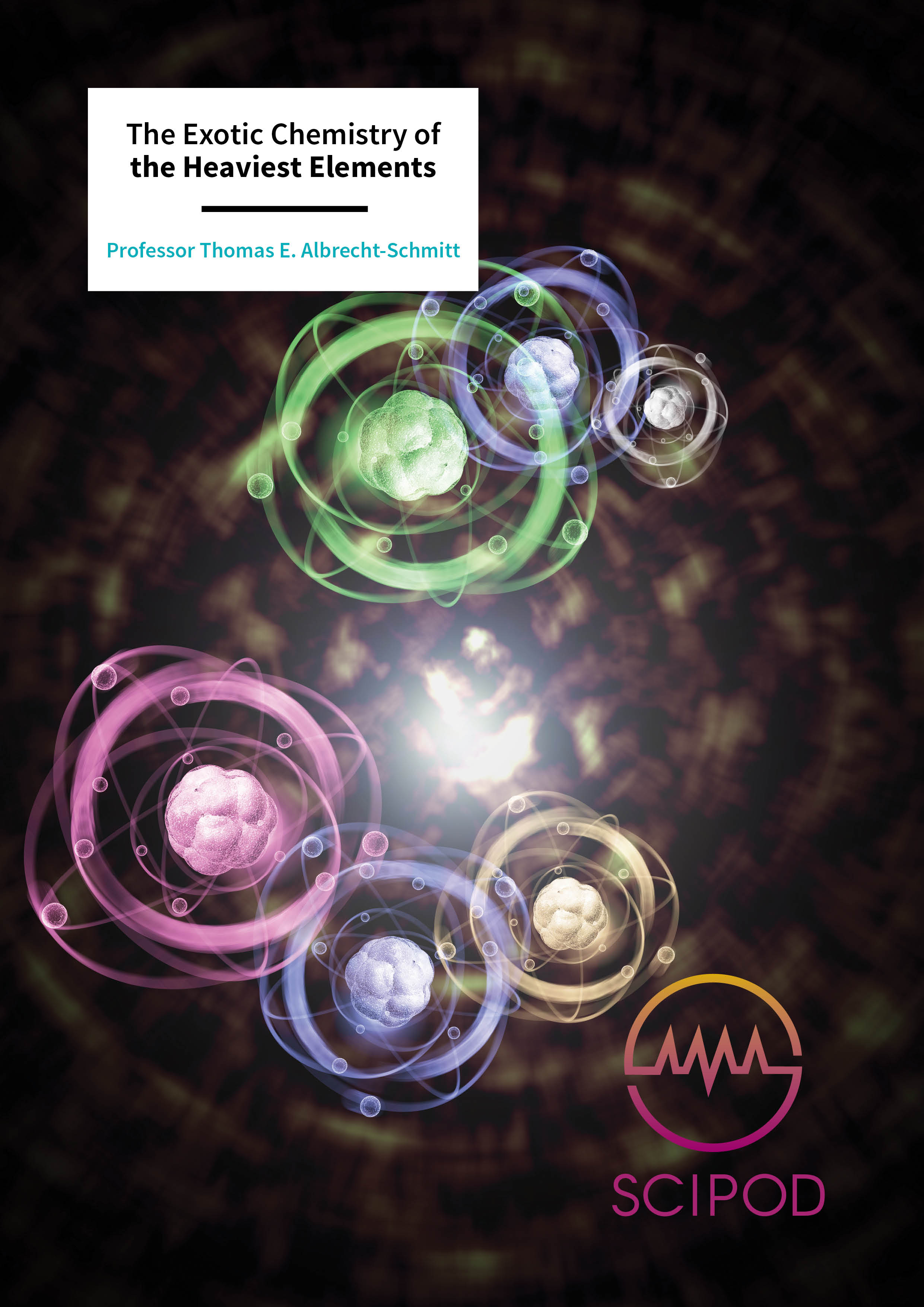
You may also like
Monitoring and Controlling the Delivery of Single Molecules through Nanopores – Drs Daniel Burden and Lisa Burden, Wheaton College
Monitoring and Controlling the Delivery of Single Molecules through Nanopores – Drs Daniel Burden and Lisa Burden, Wheaton College
Monitoring and controlling molecules as they are transported in and out of nanometre-sized compartments is no easy task. Dr Lisa Burden, Dr Daniel Burden and their colleagues at Wheaton College have made significant contributions to understanding these processes by developing nanoscale components inspired by cell membranes. They are also creating methods to interpret the signals that arise during transportation. These methods can be exquisitely sensitive, revealing even the tiniest signatures created by individual molecules.
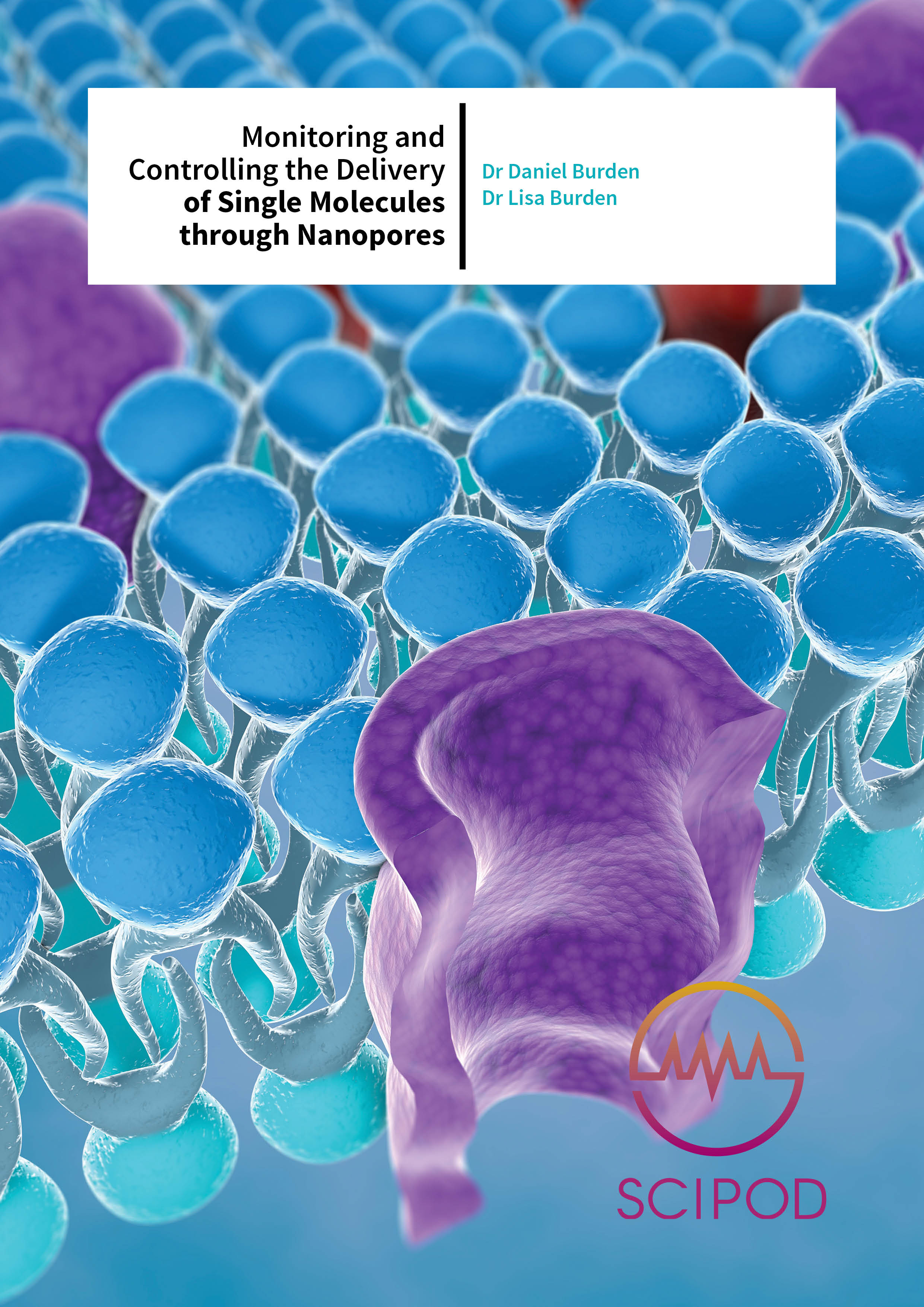
You may also like
Putting the Universe in a Computer – Dr Romeel Davé, University of the Western Cape
Putting the Universe in a Computer – Dr Romeel Davé, University of the Western Cape
Galaxy formation theorist Dr Romeel Davé and his team at the University of the Western Cape use high-performance supercomputer simulations to answer basic questions about the evolution of galaxies and our visible Universe.
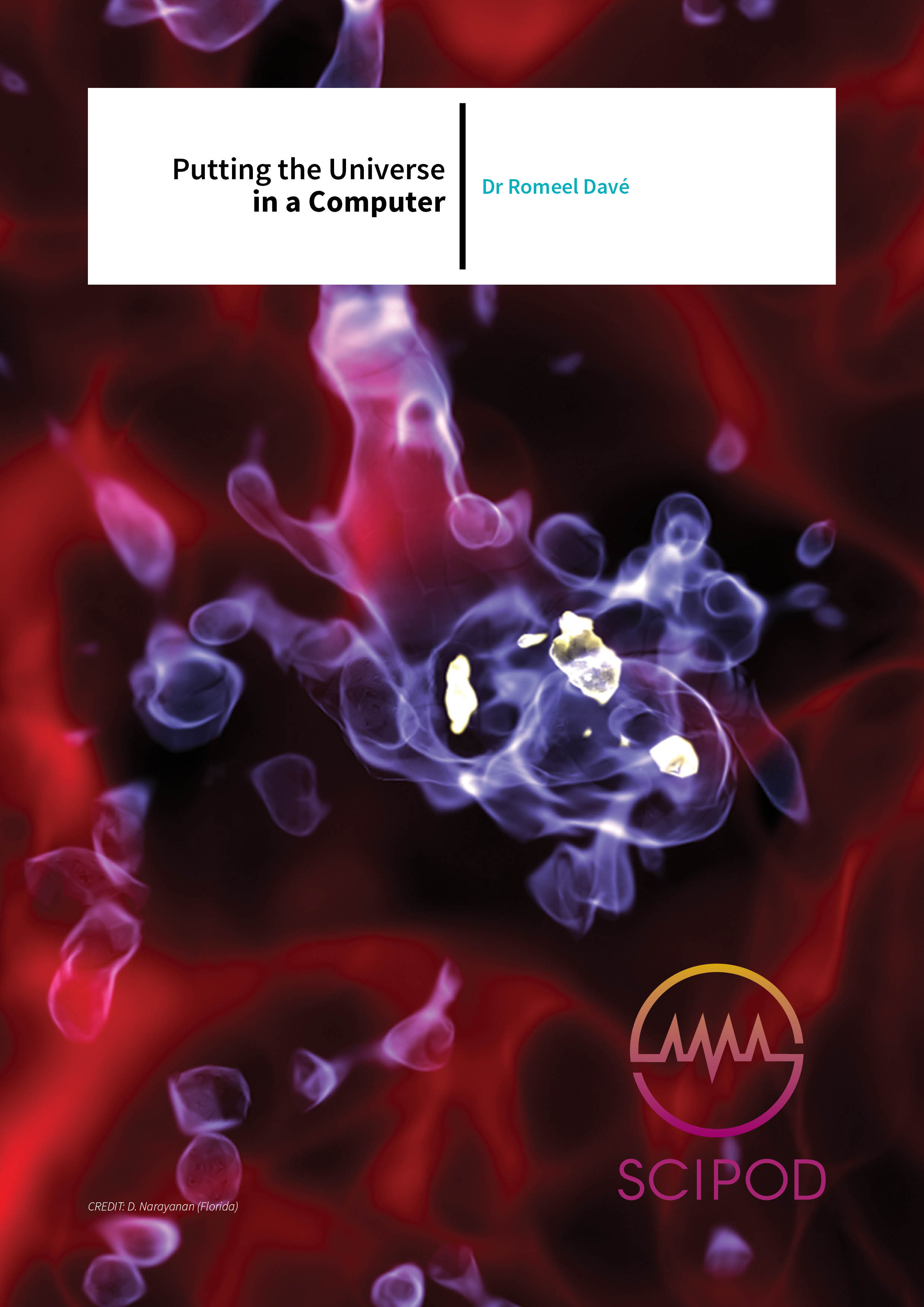
You may also like
Sphingolipids Fats that Protect the Heart – Dr Annarita Di Lorenzo, Cornell University
Sphingolipids Fats that Protect the Heart – Dr Annarita Di Lorenzo, Cornell University
Despite current therapies, cardiovascular disease is a leading cause of death worldwide, suggesting that alternative drug targets are urgently needed to preserve cardiovascular health. Sphingolipids – a class of biologically active molecules and components of cell membranes – are a potential target, but how their synthesis is regulated in cardiac disease remains an elusive mystery. Dr Annarita Di Lorenzo and her group at Weill Cornell Medicine have begun to elucidate the molecular mechanisms regulating this pathway, which may lead to novel therapeutic treatment of cardiovascular diseases.

You may also like
Hypersonic Laser Tagging A New Way of Understanding Fluid Mechanics – Professor Richard B. Miles, Texas A&M University
Hypersonic Laser Tagging A New Way of Understanding Fluid Mechanics – Professor Richard B. Miles, Texas A&M University
Fluid mechanics is the study of the flows within liquids, gases and plasmas, and the forces that act upon them. Applications involving fluid mechanics are vast, ranging from chemical engineering to astrophysics, and so an accurate understanding is essential for future developments. Professor Richard Miles at Texas A&M University is an esteemed contributor to this field, and his team’s latest breakthrough involves a pioneering way of measuring the velocities of high-speed fluids.
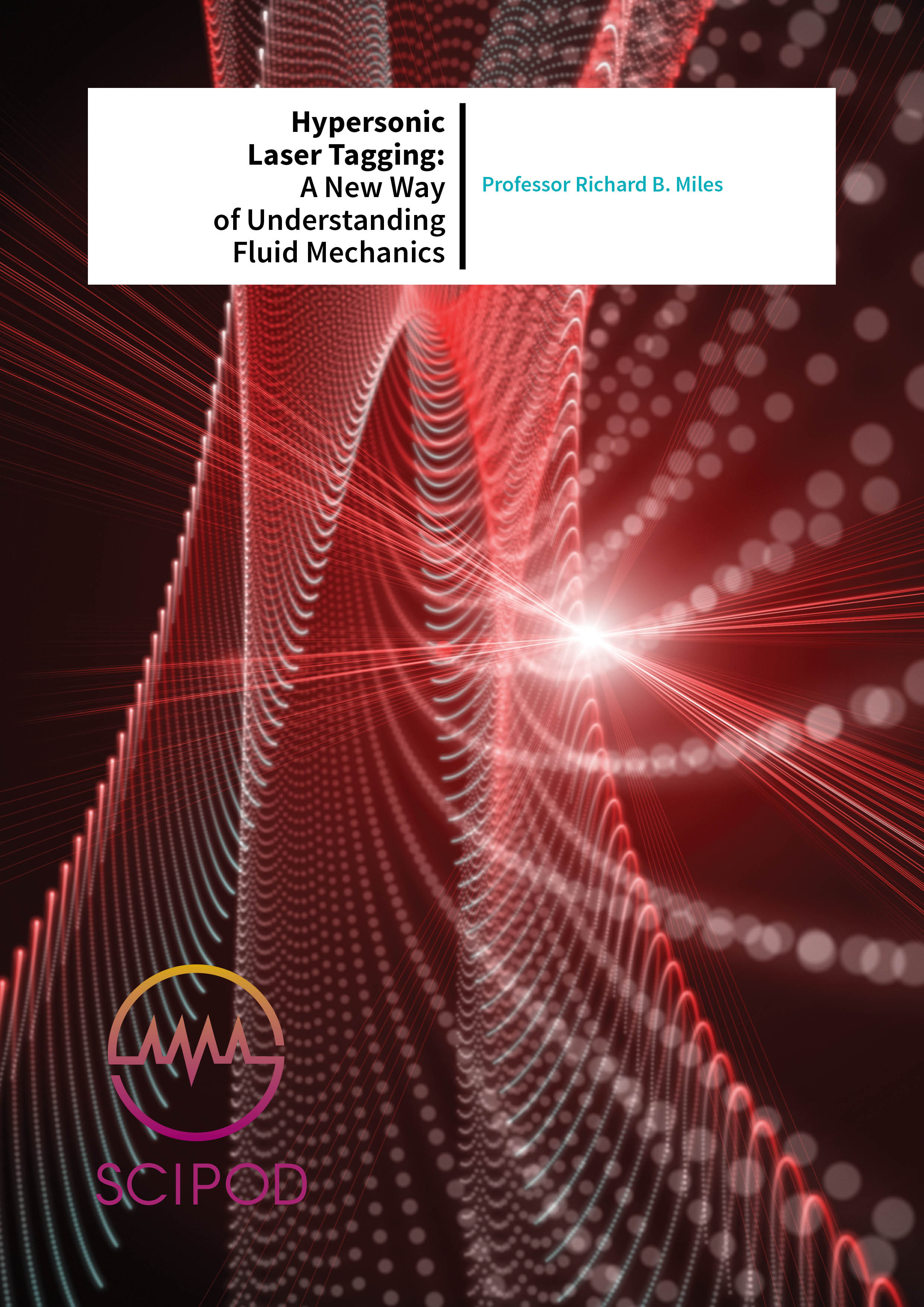
You may also like
Count Down to the Future – Meg Cheng-Campbell, Ryan T. Scott, Samantha Torres, Matthew Murray, Eric Moyer – NASA Ames Research Center
Count Down to the Future – Meg Cheng-Campbell, Ryan T. Scott, Samantha Torres, Matthew Murray, Eric Moyer – NASA Ames Research Center
At the NASA Ames Research Center in California, the next generation of space biologists are working to understand the effects of long duration space flight on model organisms, and are developing ways to protect the health of future astronauts.

You may also like …
The Social Gradient in Musculoskeletal Health – Dr Sharon Lee Brennan-Olsen, The University of Melbourne
The Social Gradient in Musculoskeletal Health – Dr Sharon Lee Brennan-Olsen, The University of Melbourne
Disease is as much a social and economic phenomenon as a biological one. Dr Sharon Brennan-Olsen and her team at the University of Melbourne, and the Australian Institute for Musculoskeletal Science (AIMSS), are investigating musculoskeletal disorders as a socioeconomic-related health outcome.
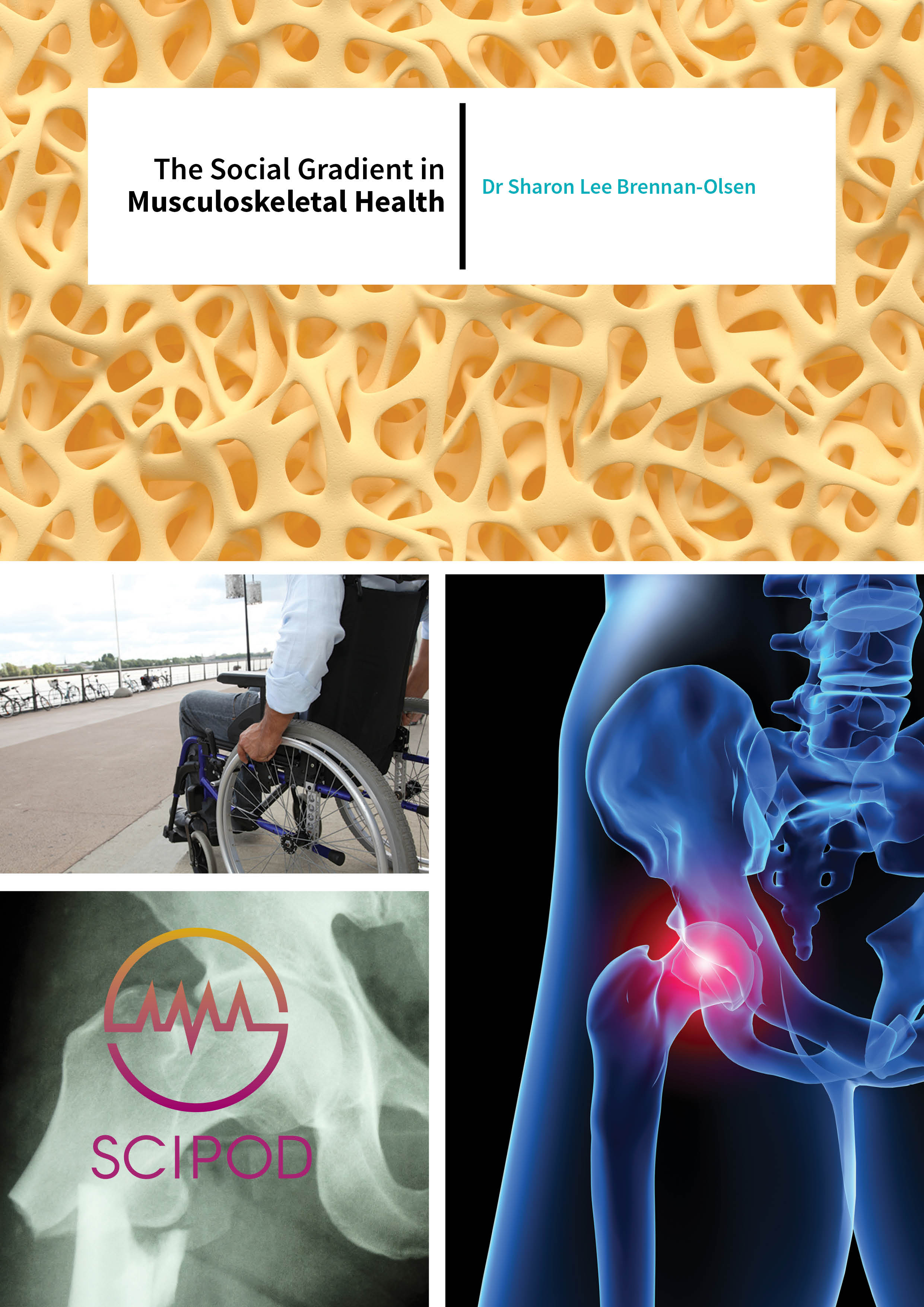
You may also like …
Putting Life in Context – Professor Julio Collado-Vides, National Autonomous University of Mexico
Putting Life in Context – Professor Julio Collado-Vides, National Autonomous University of Mexico
How do you determine important scientific links when you are flooded by new publications each day? Professor Julio Collado-Vides and his team at the National University of Mexico appear to have the answer.
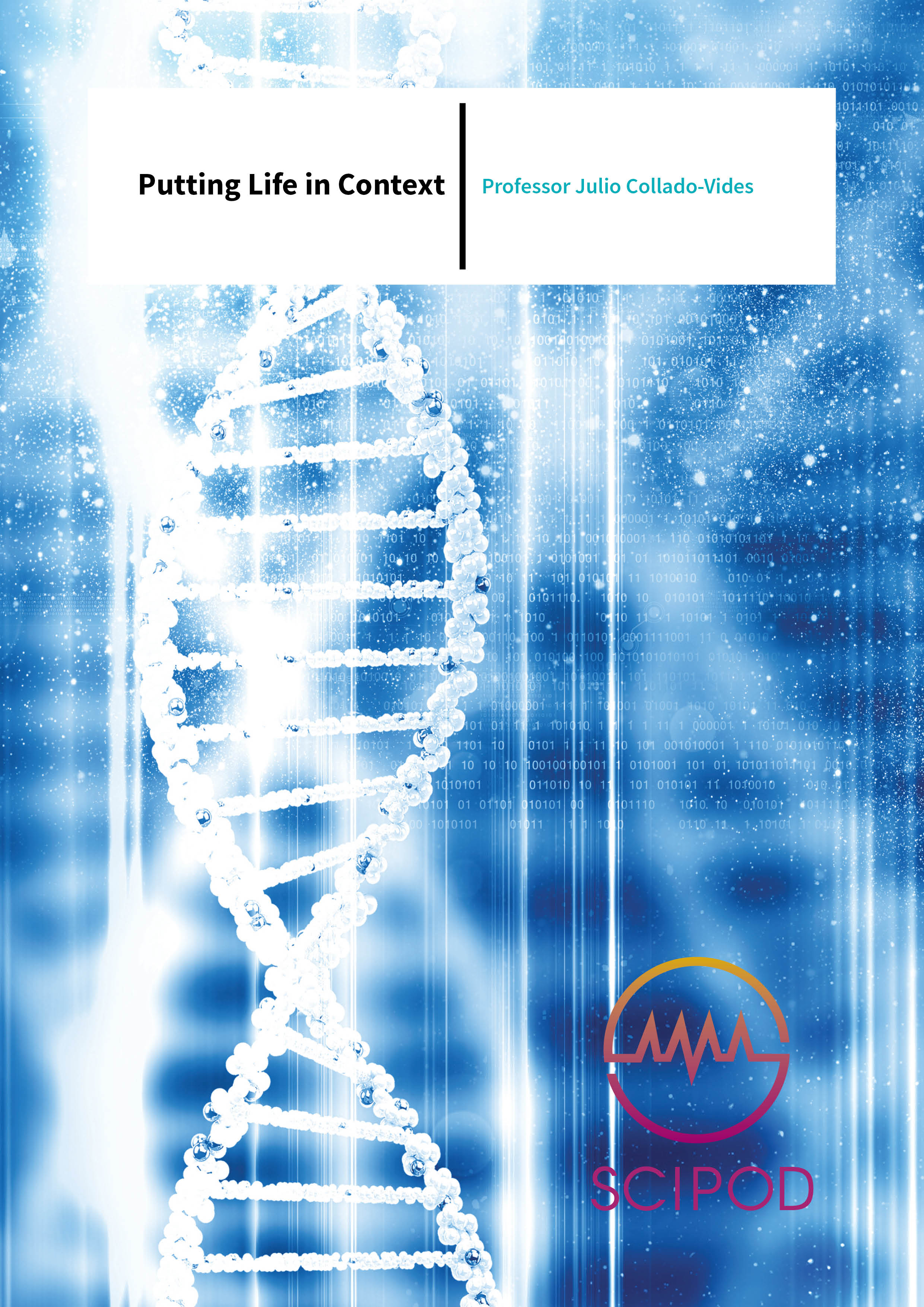
You may also like …
Mapping P-adic Spaces with Height Pairings – Professor Amnon Besser, Ben-Gurion University of the Negev
Mapping P-adic Spaces with Height Pairings – Professor Amnon Besser, Ben-Gurion University of the Negev
Professor Amnon Besser of Ben-Gurion University of the Negev and his colleagues are exploring p-adic numbers – one of the most difficult areas of number theory – in order to solve long-standing open problems bridging several fields of mathematics.

You may also like …
Centring Students and Changing the Landscape of Classroom Education – Dr Cynthia McCallister and Dr Edmund W. Gordon
Centring Students and Changing the Landscape of Classroom Education – Dr Cynthia McCallister and Dr Edmund W. Gordon
Recent advances in science have demonstrated that human learning and thinking are highly social processes, governed by the learner’s ability to manage attention and effort. Drs Edmund Gordon and Cynthia McCallister propose an approach to education that centres the student in a dialectical model of pedagogy that integrates assessment, learning and teaching. Within their model, the loci of learning are the wilful, goal-oriented, socially-engaged processes that empower learners to develop intellective competencies.
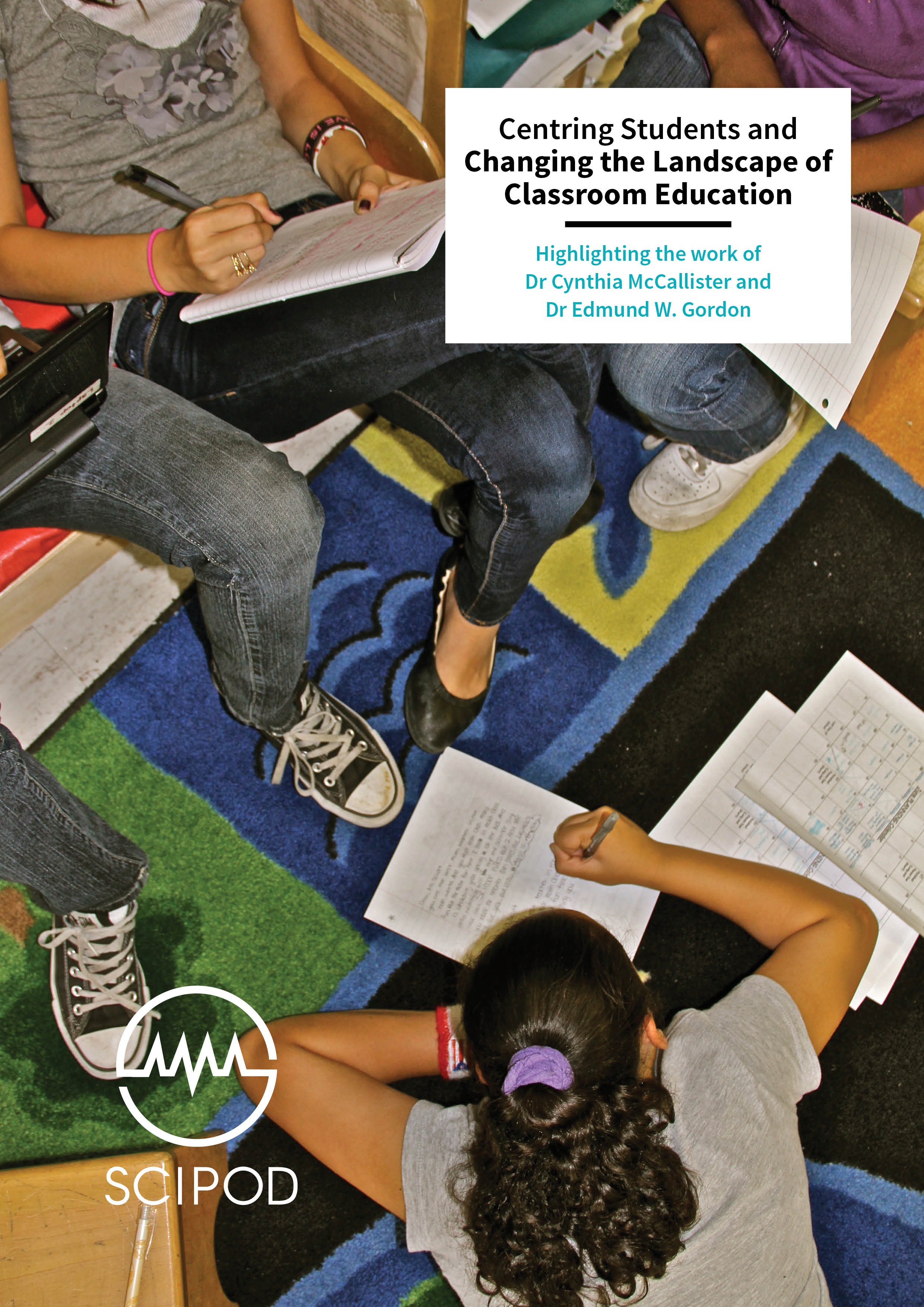
You may also like …
Climate Matters A Novel Approach to Educating Americans About Humanity’s Greatest Challenge – Edward W. Maibach, Center for Climate Change Communication, George Mason University
Climate Matters A Novel Approach to Educating Americans About Humanity’s Greatest Challenge – Edward W. Maibach, Center for Climate Change Communication, George Mason University
Over the past few decades, global climate change has emerged as the preeminent issue facing modern society. In many countries around the world, climate change is shifting weather patterns for the worse, with impacts predicted to grow increasingly more erratic and severe. Despite this, the public’s understanding of climate change is often limited and rife with misinformation. Dr Edward Maibach’s innovative program, Climate Matters, empowers local weathercasters to become beacons of public education for climate change.
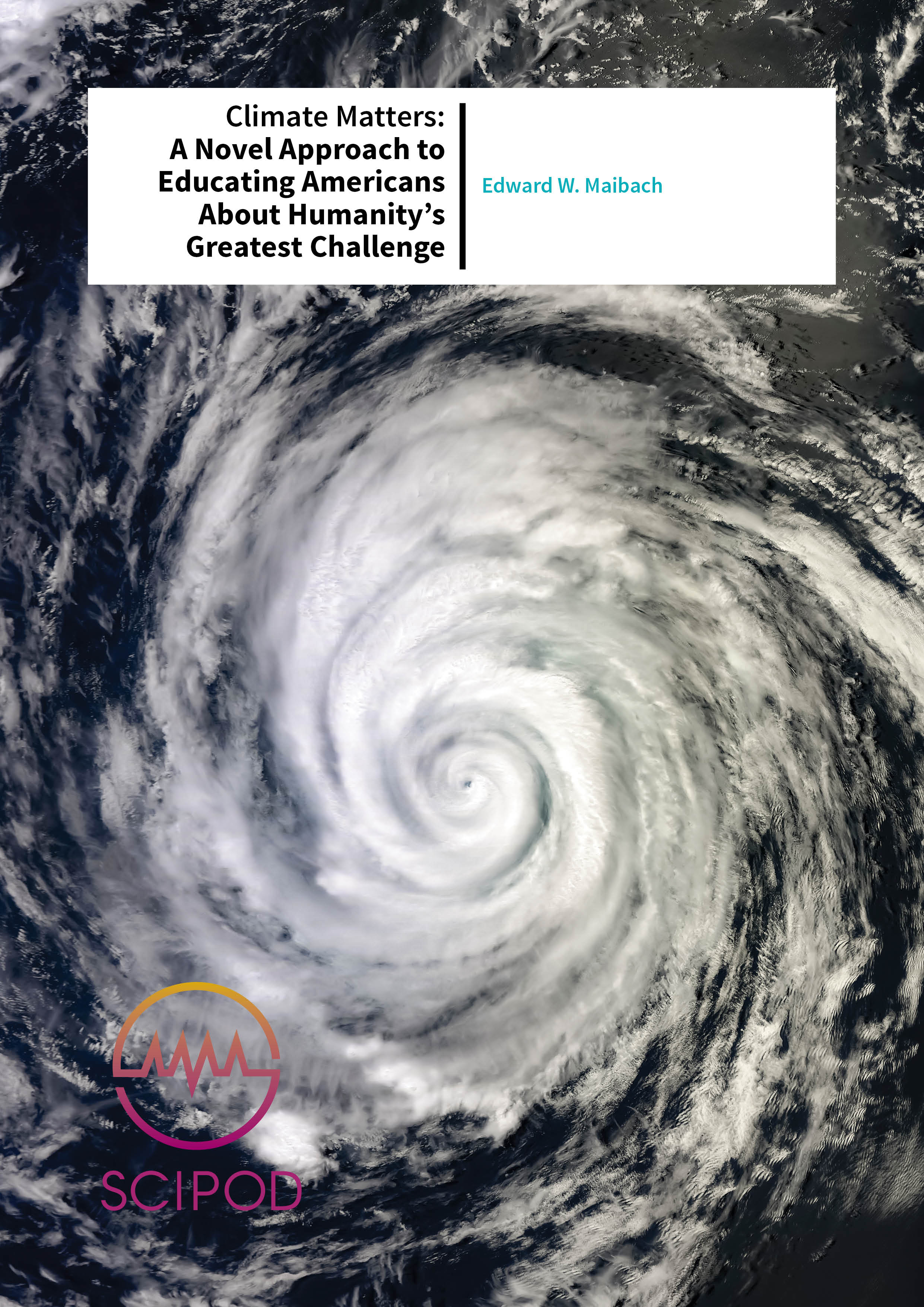
You may also like …
In Silico Chemistry Modelling the Reactions of Heavy Elements – Dr Kirk A. Peterson, Washington State University
In Silico Chemistry Modelling the Reactions of Heavy Elements – Dr Kirk A. Peterson, Washington State University
Is it possible for computational modelling to become sufficiently accurate as to replace experiments? This is one of the many questions that Dr Kirk Peterson and his team at Washington State University are working towards answering. As a world-leader in developing Gaussian basis sets for creating increasingly accurate models for the heaviest elements in the Periodic Table, Dr Peterson and his colleagues are finding new approaches for understanding the chemistry and properties of some of the most exotic elements.
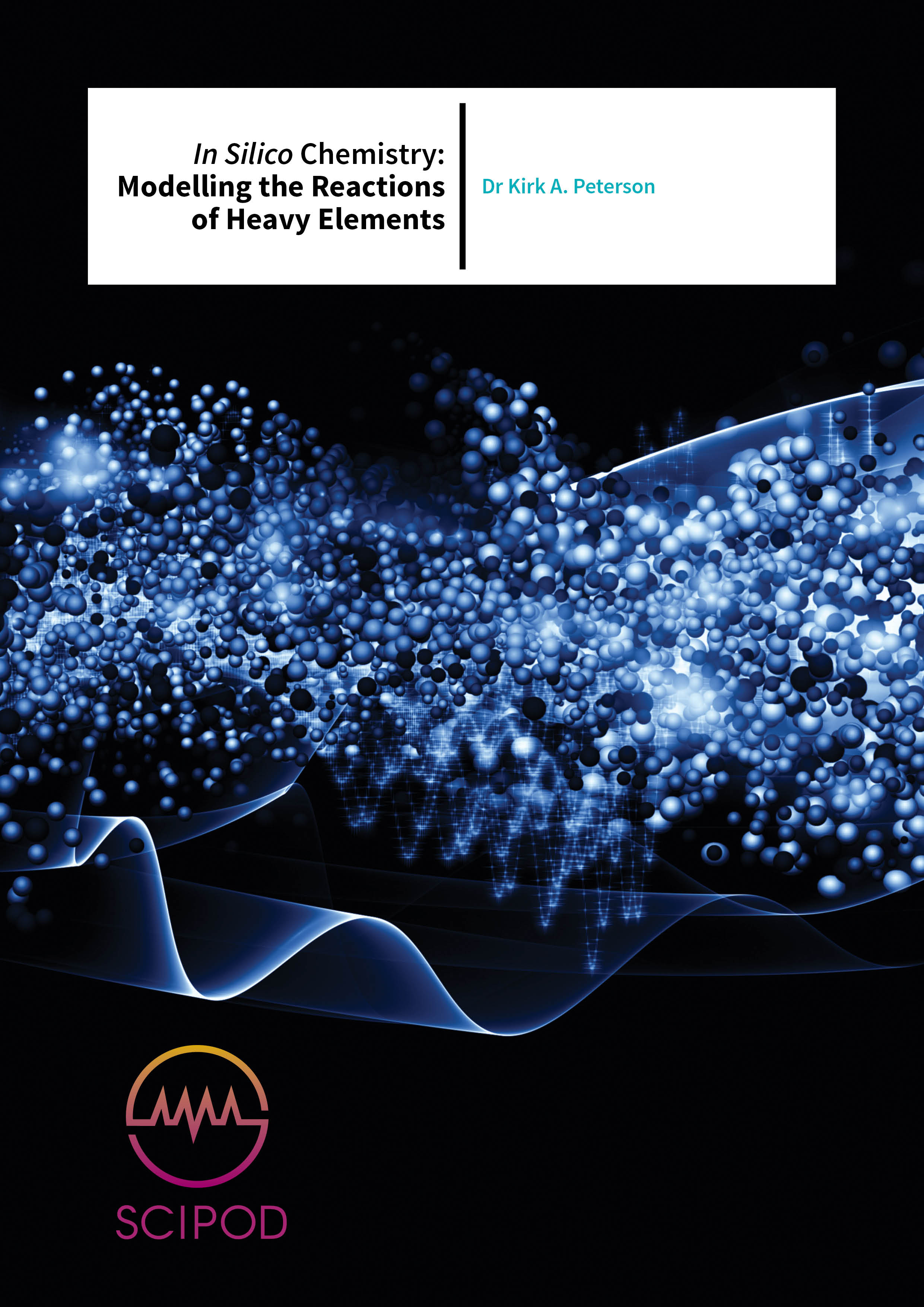
You may also like …
Cleaning Up a Catastrophe – Professor Peter H. Santschi, Texas A&M University
Cleaning Up a Catastrophe – Professor Peter H. Santschi, Texas A&M University
Professor Peter Santschi and his team at Texas A&M University are dedicated to investigating the consequences of the release of radioactive substances into the environment. Incorrect storage of nuclear waste or power plant accidents can cause radioactive material to spread away from the source in the environment, contaminating the surrounding ecosystem with a radioactive potency that can persist for centuries. Professor Santschi and his colleagues perform important work by studying the mobility of these radioactive elements within the environment, providing necessary information for assessing the environmental and human risk posed by these contaminants.
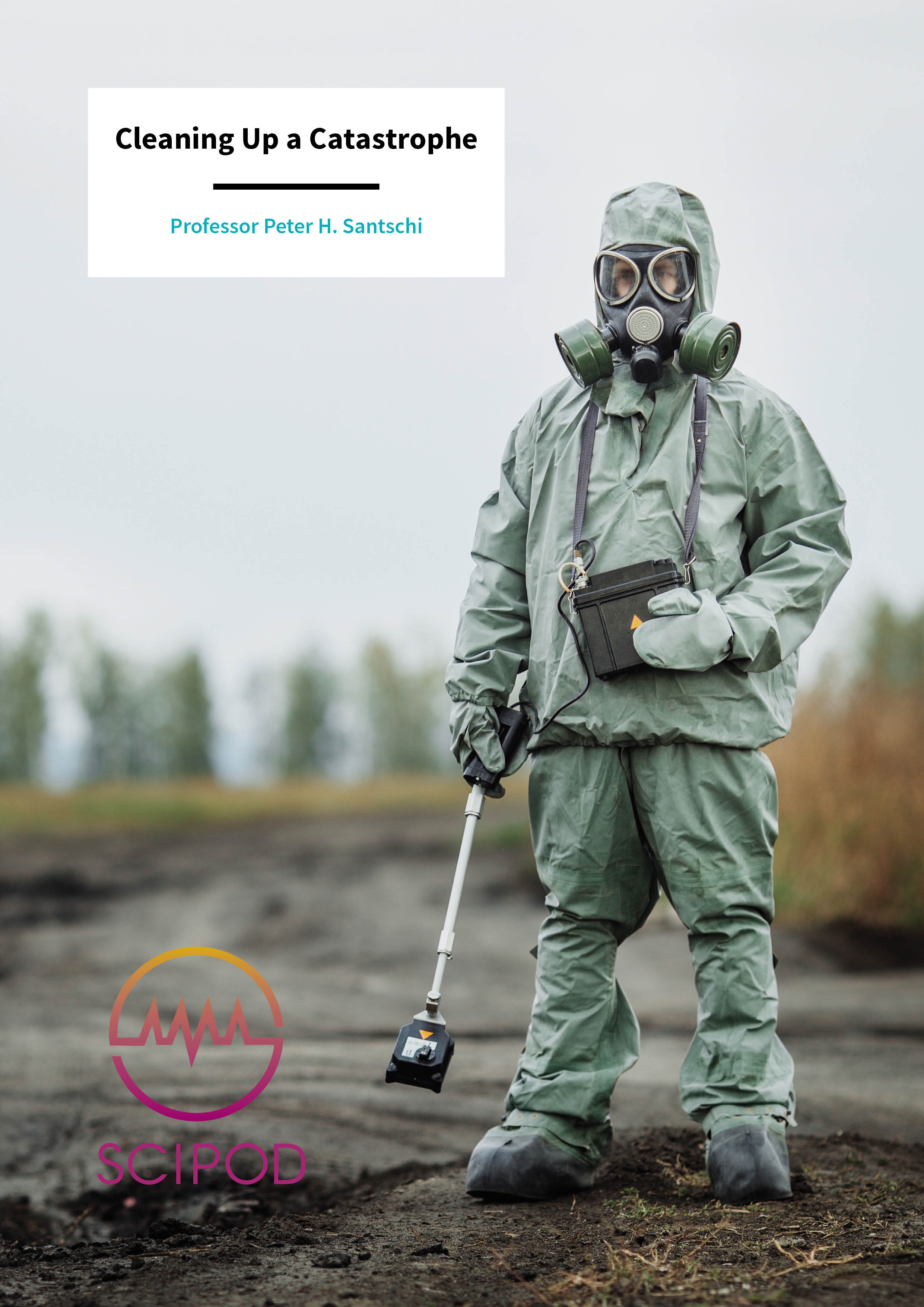
You may also like …
Disarming Bacterial Virulence – Professor Roy Michael Robins-Browne
Disarming Bacterial Virulence – Professor Roy Michael Robins-Browne
With antibiotic resistance rapidly emerging among many important bacterial pathogens, it is imperative that new classes of antimicrobials are developed. Professor Roy Robins-Browne and his team at The University of Melbourne are taking a novel approach to antimicrobial therapy in developing a strategy to combat antibiotic-resistant bacteria.
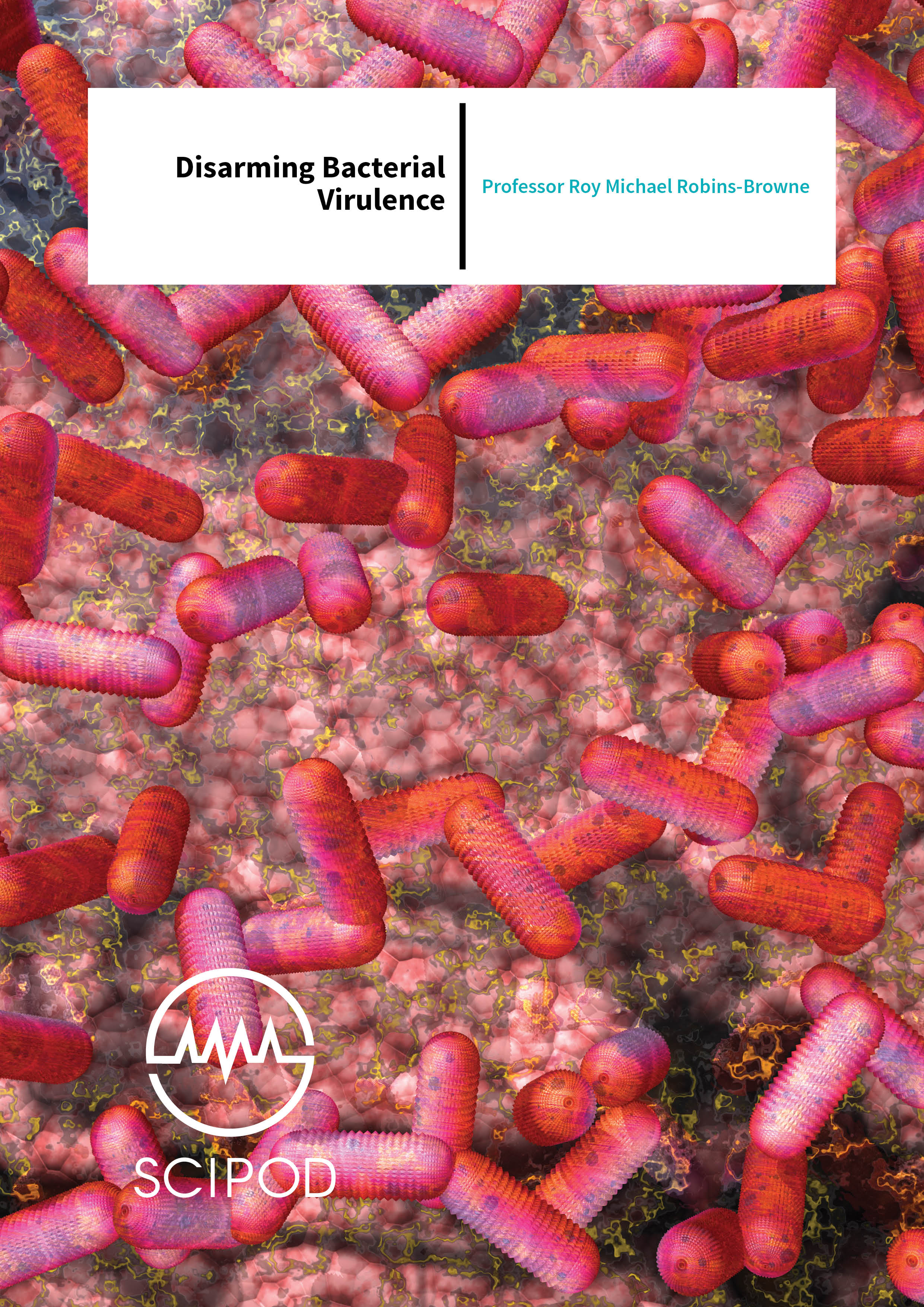
You may also like …
The Farmer and the Rancher
The Farmer and the Rancher
A collaborative effort driven by researchers from Michigan State University, South Dakota State University, Iowa State University and North Dakota State University, aims to improve the age-old art of farming.
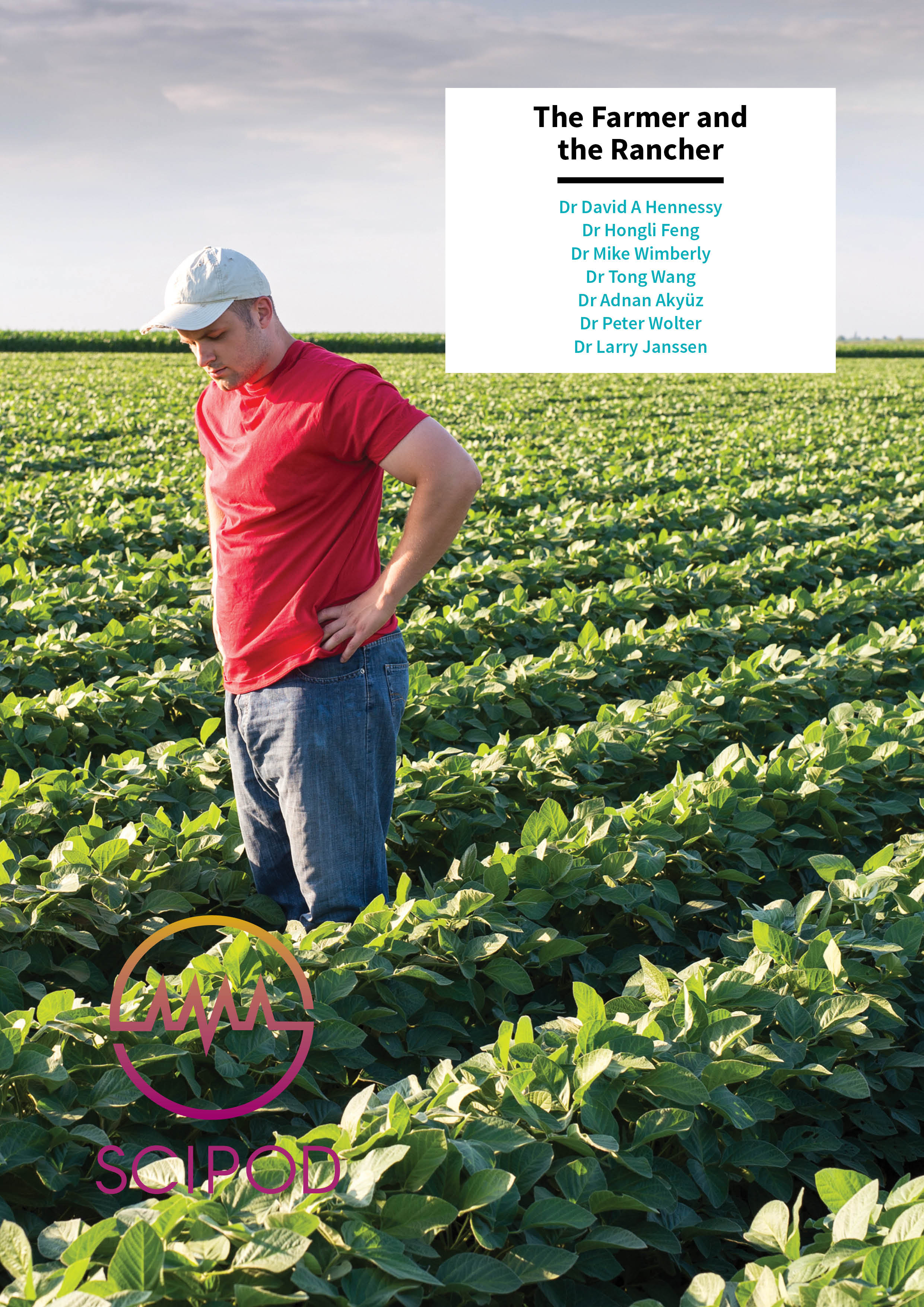
You may also like …
Catching the Wind: Understanding the Dynamics of Renewable Energy – Dr Glen Whitehouse, Continuum Dynamics, Inc.
Catching the Wind: Understanding the Dynamics of Renewable Energy – Dr Glen Whitehouse, Continuum Dynamics, Inc.
As renewable energy sources such as wind, wave, and solar become more ubiquitous, the importance of understanding the detailed mechanisms of their operation is essential. In particular, with a dynamic and turbulent energy source like wind, an accurate way of modelling the flow and interaction with the wind turbine is highly desirable. Dr Glen Whitehouse and the team at Continuum Dynamics Inc. have been developing innovative ways to do just this.

You may also like …
Protecting US Rice with Integrated Pest Management Strategies – Drs Michael Stout and Blake Wilson, Louisiana State University
Protecting US Rice with Integrated Pest Management Strategies – Drs Michael Stout and Blake Wilson, Louisiana State University
US rice production is threatened by the expansion of the Mexican rice borer, and a host of other pests. Dr Michael Stout, Dr Blake Wilson and their colleagues at Louisiana State University are investigating integrated pest management strategies to reduce the agricultural impacts of these pests.
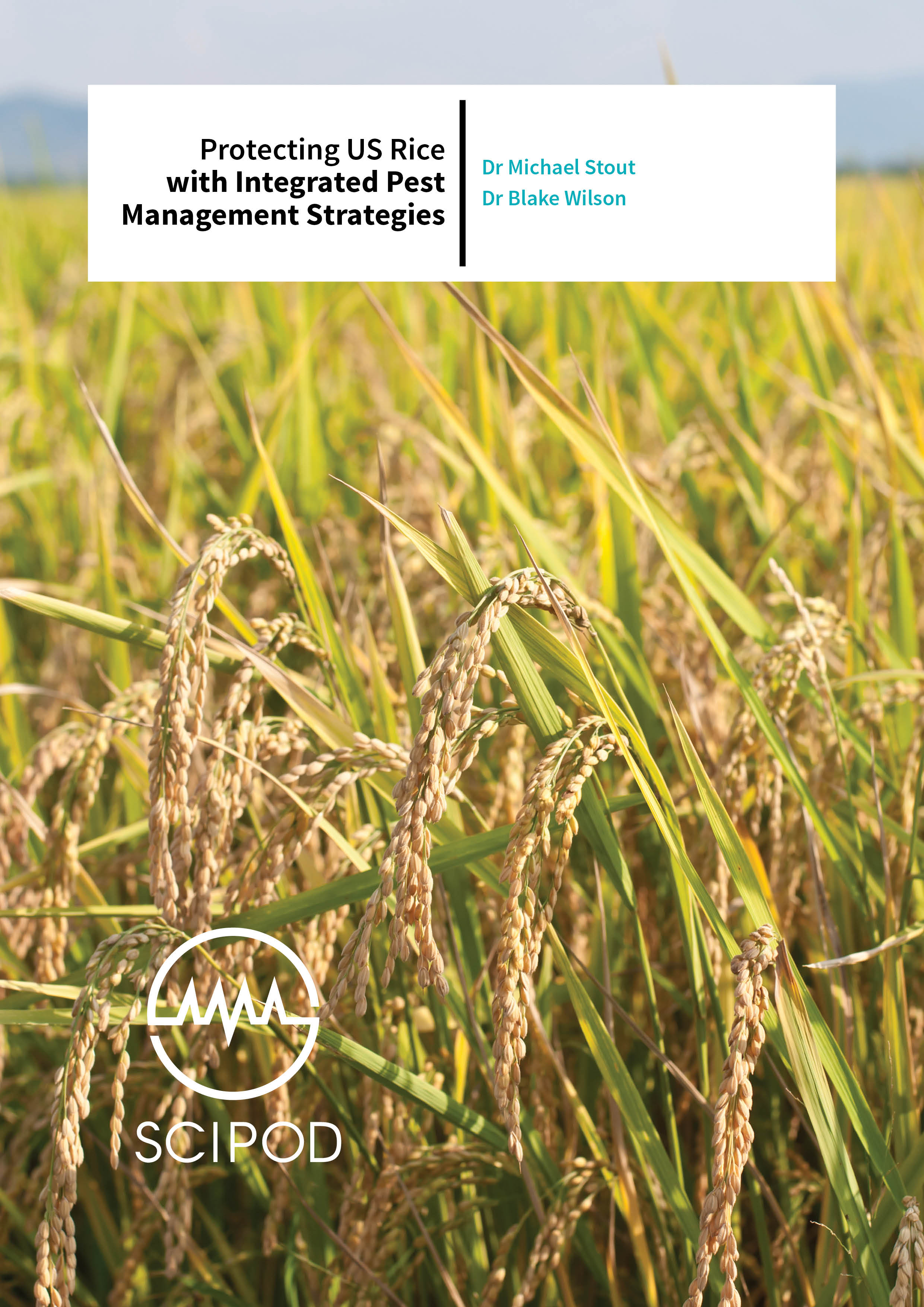
You may also like …
The Chicken in the Egg: Hacking Early Development to Improve Adult Chicken Health – Dr E. David Peebles, Mississippi State University
The Chicken in the Egg: Hacking Early Development to Improve Adult Chicken Health – Dr E. David Peebles, Mississippi State University
Chicken meat is one of the world’s most relied upon animal food sources, and a major factor in economics and food security for many people. Dr David Peebles at Mississippi State University has dedicated his career to the unique physiological and nutritional needs of meat chickens, and has developed an innovative approach to improving their health and wellbeing, starting in the egg.
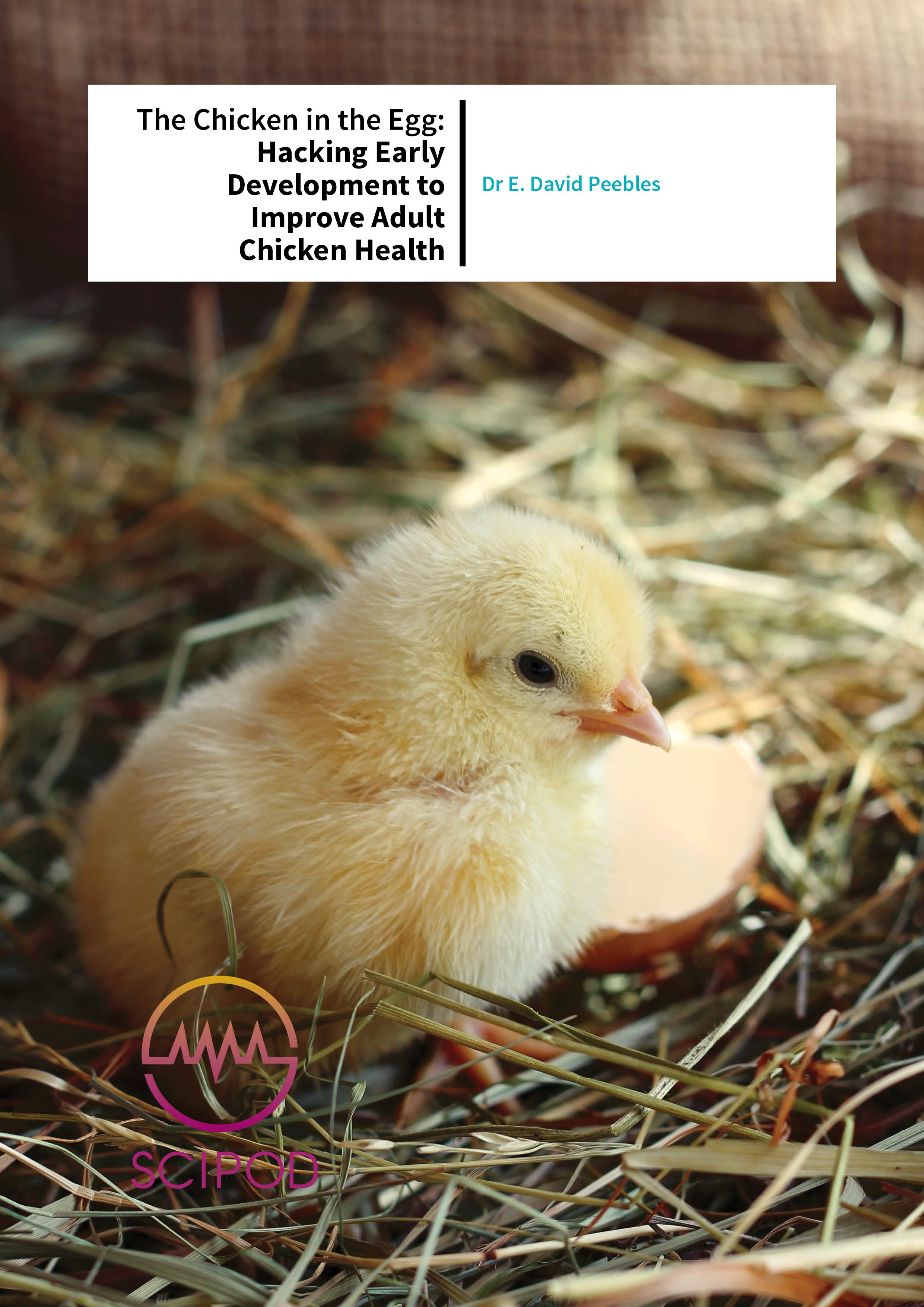
You may also like …
Exploring How the Lower Atmosphere Influences Space Weather – Prof Jeffrey M. Forbes, University of Colorado
Exploring How the Lower Atmosphere Influences Space Weather – Prof Jeffrey M. Forbes, University of Colorado
Professor Jeffrey Forbes and his team at the University of Colorado use data from multiple satellites and global modelling to determine how terrestrial weather affects the near-Earth space environment.
